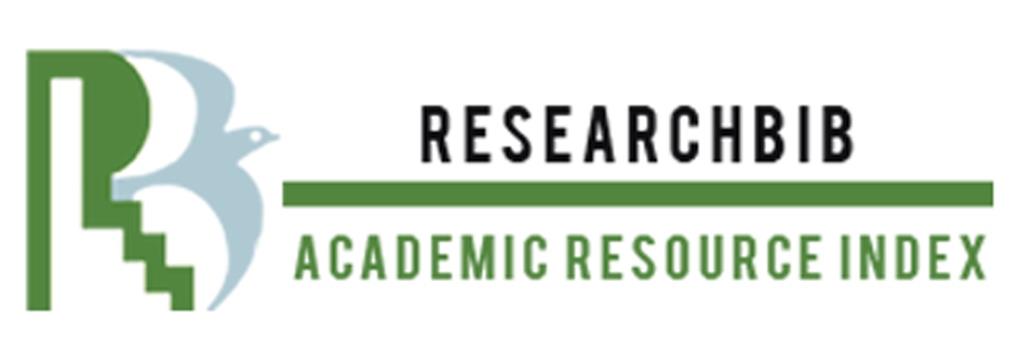EVALUATION OF THE EFFECTIVENESS OF IMMUNIZATION IN YOUNG CHILDREN
Keywords:
immunization, vaccinations, children, safety and efficacy.Abstract
Relevance. Immunoprophylaxis is one of the effective measures to combat infectious diseases. Significant progress in the fight against infectious diseases is associated with vaccination, on which the prospects for the complete elimination of some infectious diseases are based.
Purpose of the study – evaluate the effectiveness of prophylactic vaccinations, substantiate the medical, social and economic significance of immunoprophylaxis in the system of managing the health of the child population.
Materials and methods. For the study, we used the data of statistical registration forms No. 112 / y "Medical record of a patient receiving medical care on an outpatient basis" and "Medical record of an inpatient patient (medical history)" for 2021 - 2023. The design of the study was a multicenter observational analytical epidemiological study - "case-control". The target cohort of the study is children of the first two years of life living in Tashkent and the Tashkent region (Angren, Almalyk and Chirchik).
Results and discussion. According to research, in 2021-22. 82.5% of children of the first week were vaccinated. However, the analysis of the form data indicates that the coverage of vaccination against pneumococcal infection in children from 2 months. up to a year of the total number of persons subject to vaccination, amounted to 40%, respectively. At the same time, in 2021, only 65% of children are vaccinated in the first six months of life. Most of the vaccinated children are children aged 18 months. The main group ("case") - frequently ill children. The main group included: Tashkent - 112, Angren - 84, Almalyk - 77, Chirchik - 65.
Conclusion. Both a high percentage of parents' refusal to vaccinate their children (24.8%), and a large percentage of the lack of data on the causes of violations in routine immunization of children (6.1%) were established. training of medical workers on the issues of vaccination.
References
Law of the Republic of Uzbekistan "On the sanitary and epidemiological calm of the population." - T.: 26.08. 2015.
SanPiN of the Republic of Uzbekistan No. 0239-07 of 01/06/2015.6. Order No. 36 of the Ministry of Health of the Republic of Uzbekistan dated January 27, 2015 - "Organization of immunoprophylaxis of controlled infectious diseases."
Mirtazaev O.M., Zueva L.P., Matnazarova G.S. Epidemiology. Textbook. Tashkent, 2016. - 598.
On measures to organize the activities of the service of the sanitary and epidemiological world and health care of the Republic of Uzbekistan. PF-4790.2020. 9th of September
Ferlay J, Bray F, Pisani P, Parkin DM. International Agency for Research on Cancer (IARC). GLOBOCAN 2002: Cancer Incidence, Mortality and Prevalence Worldwide. CancerBase No. 5, version 2.0. Lyon, France: IARC Press; 2004.
Franco E.L., Monsonego J. (ed.) New Developments in Cervical Screening and Prevention. Blackwell Science; 2017: 14 – 22.
GLOBOCAN 2010. WHO/ICO Information Centre on HPV and Cervical Cancer (HPV Information Centre). Human Papillomavirus and Related Cancers in World. Summary Report 2012. Accessed on 09/09/2012. Доступно на: www.who.int/ hpvcentre.
Isaeva N.V., Pavroz K.A., Galbraikh R.B., Tryasolobova M.A. The risk of liver cirrhosis and the onset of death in viral hepatitis of mixed etiology. Epidemiology and infectious diseases. 2018; 4:50-53.
Camille Locht, Nathalie Mielcarek New pertussis vaccination approaches: en route to protect newborns? FEMS Immunol. Med. Microbiol. 66 (2012); 121 – 133.
Guiso N. Pertussis vaccination and whooping cough: and now what? Expert Rev Vaccines. 2014; 13 (10): 1163 – 1165.














